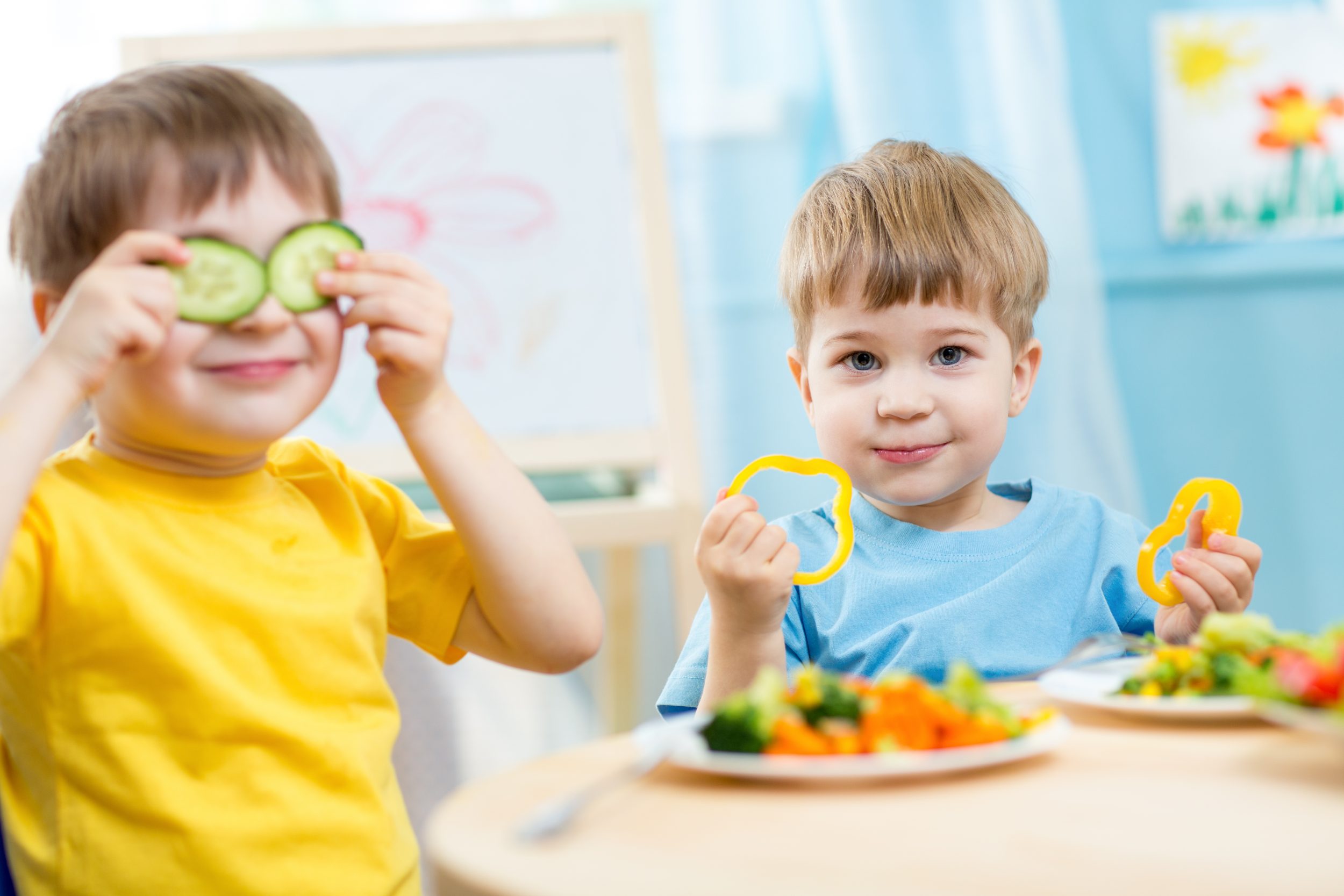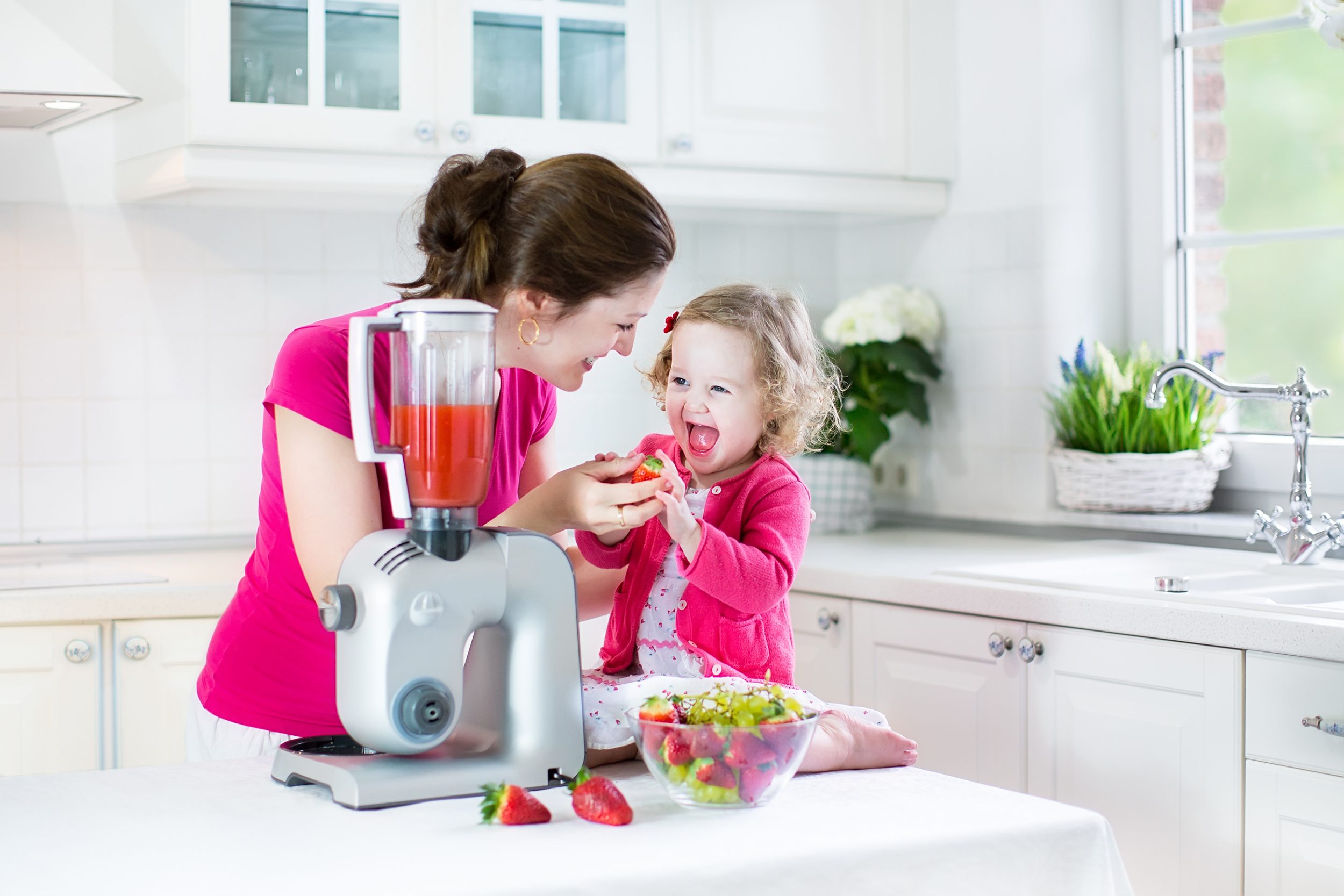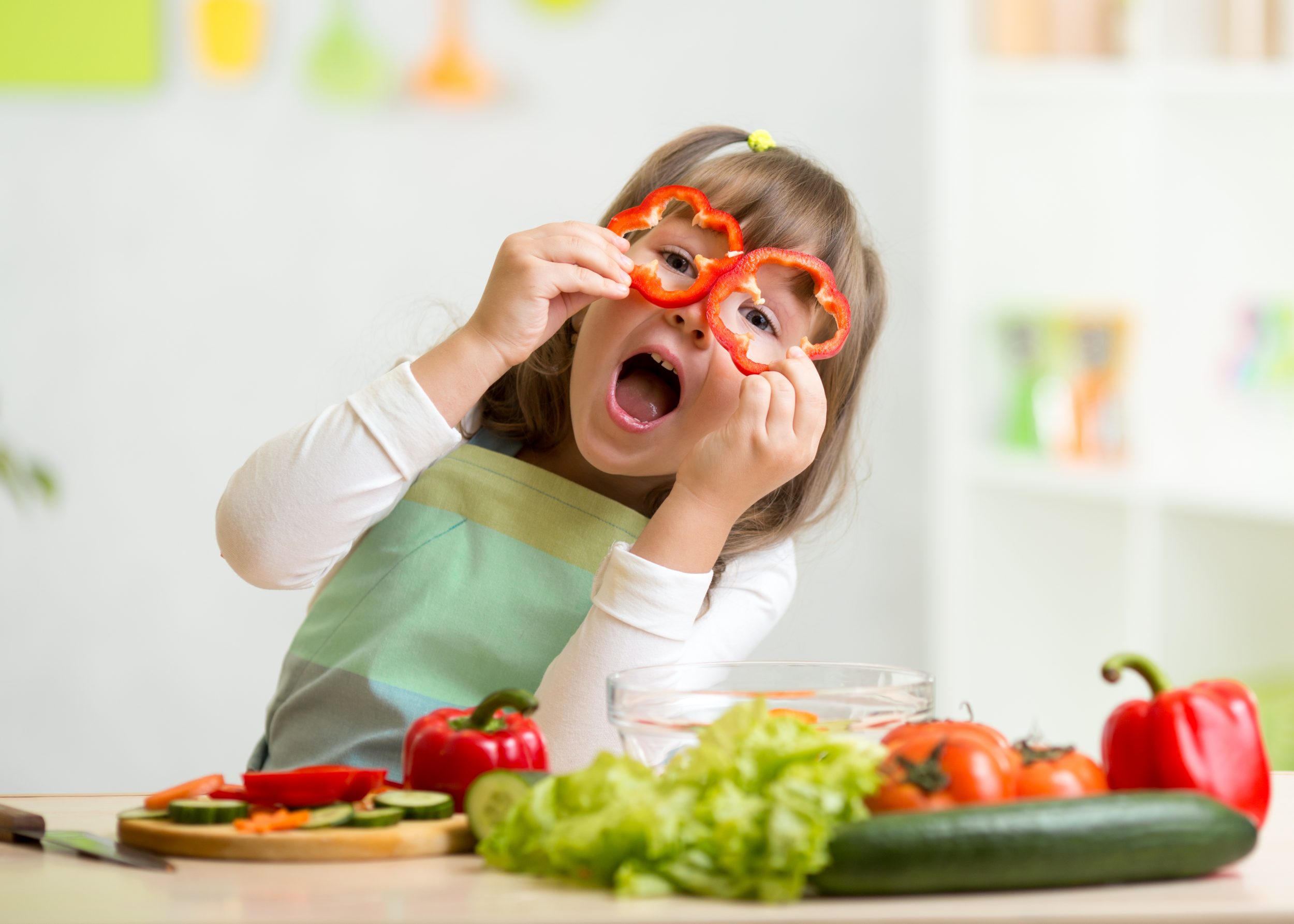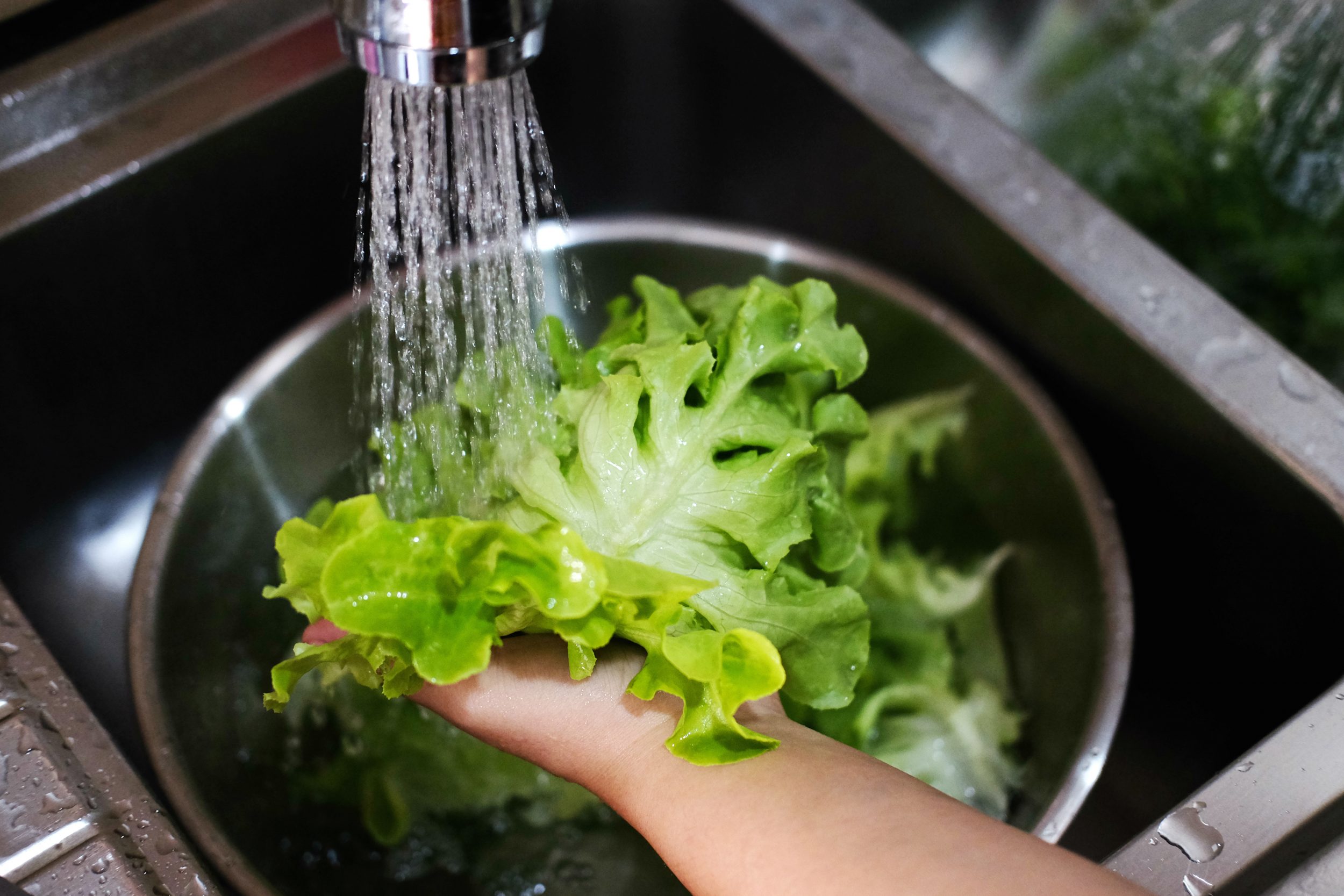Children like to eat with the family. Eat with your child as often as possible. Make mealtimes an event that all of you enjoy.
Take your time for meals. Make sure that mealtimes are relaxed.
Children can help set and decorate the table.
Only start to eat when everyone is seated at the table.
Only take a small portion at first. Your child should do the same. If they are still hungry, they can have some more.
Show your child how to behave at the table. Be a role model.
Always start the meal with a specific action. For example, with a song or a little saying.
There should be no distractions during the meal. Avoid TVs, smartphones, and newspapers.
Mealtime is a time to spend with the family. You can use it to make plans for the week. Your child can also talk about kindergarten or school.
Do not talk about difficult topics during mealtimes. Everyone should feel comfortable during meals.
Fighting over food – how to reach an agreement einigen
Children can be difficult when it comes to food. For example, they suddenly do not eat things that they liked before. Do not be upset! Children often complain about food because they want attention. Try to react as little as possible to such behaviour. It is useless to argue over food. Stay calm and do not talk about the food.
Do not force your child to eat anything. Children will only reject food even more if you try to force them. But your child should try all meals!
"Children's foods" are products that are made specially for children. They usually come in colourful packaging with cartoons or pictures. Many of these products are sweets, dairy products, breakfast cereals, drinks, and snacks.
But do not be fooled: you do not need special "children's foods".
"I want pizza!"
Many children want to eat the same food every day. For example, pasta with tomato sauce or pizza. Agree with your child on how often they can have their favourite food.
Try not to fight over food. Make a compromise: you can have burgers, pizza, and other foods, but prepare them yourself. If you prepare the food yourself, you can add vegetables and use less fat and salt. For example: French fries contain much more fat than potato wedges from the oven.
Many children like to help when you cook. They can wash and cut vegetables, make pizza dough, or put the toppings on the pizza. This makes the food more interesting, and it turns cooking together into an experience.
Tip: If your child often wants to eat pasta, prepare different types of sauce with different vegetables. Also, use different types of pasta, for example, whole wheat penne.
"I'm not hungry!"
Children sometimes eat more, sometimes less. This can change from day to day. Do not worry about this if your child is healthy. If their height and weight are within the normal range, everything is fine. Let your child decide for themselves how much they want to eat. This way, they learn to feel when they are hungry or full.
"I don't like it!"
Children often do not want to eat food they do not know. Try the following:
Offer your child the food again and again. But do not force them to eat the food.
Praise your child when they have tried something new.
Your child should eat the same food as the others at the table. Do not offer them special food!
Be a good role model. Children often eat like their parents.
Take your child seriously. Take seriously what your child likes and dislikes. Find ways to eat different foods together.
Together with your child, think about what you want to cook. Write the shopping list together. Go to the supermarket with your child and discover different ingredients.
Cook together. It is fun and children tend to try more different foods if they helped prepare it.
Tip: Your child does not have to like everything you like. But your child should try everything once. Praise them for it.
Be patient. If your child refuses food, offer it again later. Often, it takes time for a child to like certain foods.
Tricks if your child does not want to eat fruit and vegetables
Always provide fresh fruit and vegetables.
Add fresh fruit to yoghurt, muesli, or mixed milk drinks.
Use fruit puree as a spread on bread.
If you offer cake, it should be mainly fruit cake.
Cut fruit and vegetables into small pieces. Make it look nice and fun to eat.
Sie können Gemüse auch „verstecken“: einfach mit Soßen oder Suppen mitpürieren.
Add vegetables to your child's favourite foods. For example, add vegetables to pizza.
Use vegetables in classic dishes. For example, add carrots to Bolognese sauce for spaghetti.
Do not always prepare the same salad. For example, add different vegetables to the salad and prepare different dressings.
Offer vegetables in different ways. For example, prepare spinach dumplings instead of creamed spinach.
Also use fruit and vegetables for desserts. For example, make zucchini cake or beetroot brownies.
Tips for sweets
Your child should be allowed to eat sweets. Do not ban all sweets. This makes sweets even more interesting.
Talk to your child about sweets and establish rules about snacking. Keep the following tips in mind:
Your child should never eat sweets directly before a meal. Do not give your child sweets when they are hungry or while they play.
Do not leave any sweets lying around. You should only have a few sweets at home.
Do not reward your child with sweets.
Do not comfort your child with sweets if they are sad or hurt.
Be a role model: only eat few sweets yourself.
Also ask the people around you not to give sweets to your child. For example, relatives, friends, or neighbours. If these people want to bring something when they visit, small toys or coloured pencils are a better choice.
Your child should drink water or rinse their mouth with water after snacking.
Bake your own pastries with less sugar. You can use a third less sugar than the recipe says.
Offer your child other foods that also taste good. For example, small pieces of fruit, dried fruit, or homemade snacks made from curd cheese or yoghurt.
Do not say that a certain food is "healthy" if you want your child to eat it. Children often associate the word "healthy" with "does not taste good".













